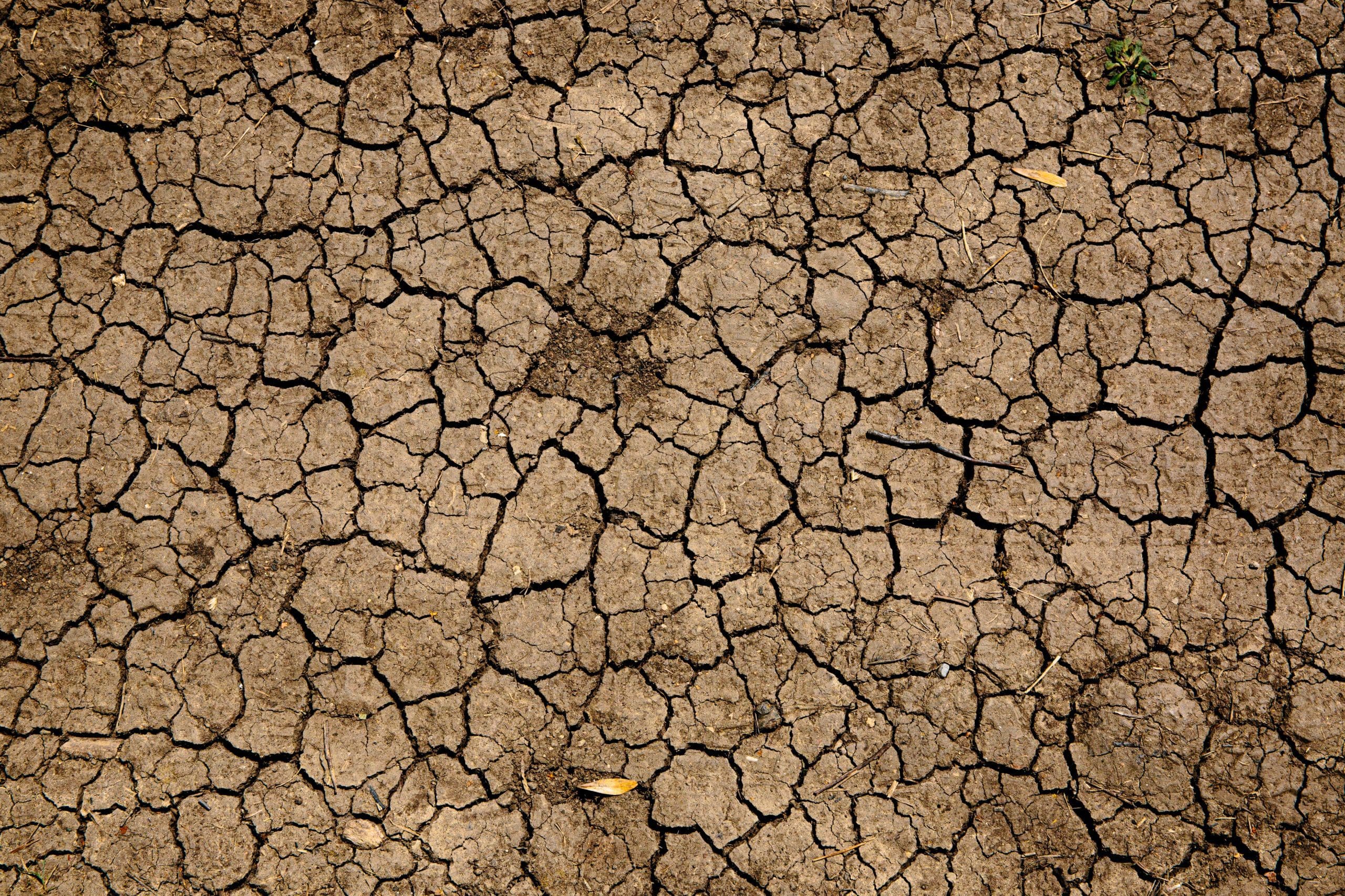According to the Texas A&M Forest Service, 215 out of 254 Texas counties currently have burn bans in response to widespread drought. The U.S. Drought Monitor reports 99.18 percent of Texas’ land area experiencing some type of drought, with 36.27 percent of Texas land under “Extreme Drought” and 20.40 percent considered “Exceptional Drought.”
The National Weather Service reports much of East Texas along the coast—including San Antonio, Austin, and Houston—north through Texarkana is under a heat advisory.
Water scarcity is affecting Texans in a variety of ways.
Wildfires
Droughts breed wildfires, which have been felt in many counties throughout Texas. Data from the Texas A&M Forest Service shows 16 fully contained wildfires have burnt 4,273 acres total. Meanwhile, ten active wildfires have burnt 16,446 acres. Despite burn bans, the combined total of burnt acreage so far exceeds 20,700.
Crops
Although farmers have “anticipated lower yields in rice” and other crops, there has not been any losses too alarming thus far. The anticipation of lower crop yields comes from the rising costs of fertilizer as well water restrictions imposed in response to drought conditions.
Future Population Growth
By 2050, population projections by the state government show Texas at a population of nearly 50 million. This will require greater water resources for both urban consumption and agricultural uses.
Solutions?
Proponents of green energy believe that the solution is to cut back on water consumption per person. Apartment complexes are already installing water flow restrictors in showers and low-flow toilets to minimize water usage.
Another potential solution to water scarcity is desalination. The process is energy intensive, but removes the salt from saltwater making it safe for consumption. In the Middle East, where fresh water sources are fewer, there is wide-spread utilization of desalination plants, taking advantage of the various nearby seas.
In the Sultanate of Oman, the newest Barka 4 desalination plant pumps 74 million gallons of potable water every day. The plant consumes 25 percent less energy than older desalination plants.
Arizona has recently been eyeing the possibility of a desalination partnership with Mexico. The deal would replace Mexico’s water supply from the Colorado River with desalinated water so that the Colorado River water will be freed up for Arizona’s consumption.
The Texas Water Development Board reported in 2020 that Texas produces 157 million gallons of desalinated water through municipal facilities.
Concerned citizens can contact their legislators to learn how they plan to address water scarcity.





